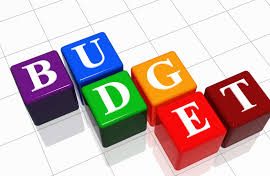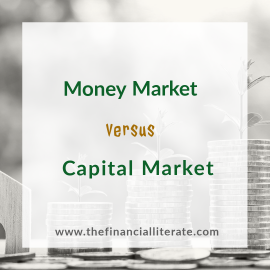Financial statements are written records that convey the financial activities and position of an entity or individual. Though it is more common for an entity, financial statements for individual is very important. The importance of having these records include:
- It shows how ‘’healthy’’ your financial position is at a given period. This helps you review and improve, where necessary, your finances
- It measures an individual’s financial progress
- It heps an individual compare results over time
- An understanding of where you are can help you set targets of where you want to be
The financial statements we will be discussing in this series are Budget, Statement of Income and Expenditure and Statement of Financial Position (popularly known as balance sheet).
Budget: A budget is a projection of our cash flow, what we hope to receive (which includes earned income, investment income. An expected cash gift should not be considered as an income yet) and what we hope to spend in a period. A budget enables you to know where your money goes, avoid overspending and set aside an allocation to build wealth.
Income and Expenditure Statement: This is like a budget. The difference is, here, it is no longer a projection but a statement of actual cash inflow and outflows in that period. This statement should be compared to our budget to show how we were able to line up with our projections.
Statement of Financial Position: This itemises what we own versus what we owe. What we own are called Assets. They include liquid assets (assets that can be easily converted to cash), invested assets and physical assets. Physical assets should have a fair market value i.e. a price that can be sold and bought at in the market given fair conditions. On the other hand, liabilities are what we owe ranging from due expenses to debts that are long-term. The difference between these two is your net worth. You net worth is your wealth (we’ll discuss this later).
The Statement of Financial Position shows our actual position at any given period and we can compare our position from one period to another. That’s one important purpose of financial statements.
The Statement of Financial Position shows our actual position at any given period and we can compare our position from one period to another. That’s one important purpose of financial statements.
A typical Statement of Financial Position will look like this:
|
Jake’s Statement of Financial Position
|
|
|
Wealth-building assets
|
|
|
Savings account
Mutual funds (Investment)
Market Value of House
Pension Fund Account
|
105,000
50,000
0
255,000
|
|
Other assets
|
|
|
Market Value of car
|
750,000
|
|
TOTAL ASSETS
|
1,160,000
|
|
Liabilities
|
|
|
Expenses due
Car loan
Other liabilities
|
95,000
500,000
75,000
|
|
TOTAL LIABILITIES
|
670,000
|
|
NET WORTH
|
490,000
|
** Wealth building assets are assets that increase in value or provide a return.
Don’t procrastinate any further. Get your writing materials and create your financial statement.
Don’t procrastinate any further. Get your writing materials and create your financial statement.
Creating your financial statements is just the first stage. Financial statements make more meaning when they are analysed and compared from periods to periods. We can see if we are getting better or otherwise. Join me next week Monday as I discuss how to use ratios to analyse our financial statements.
We believe in you!
To your financial independence and freedom.
Creating Your Financial Statement



